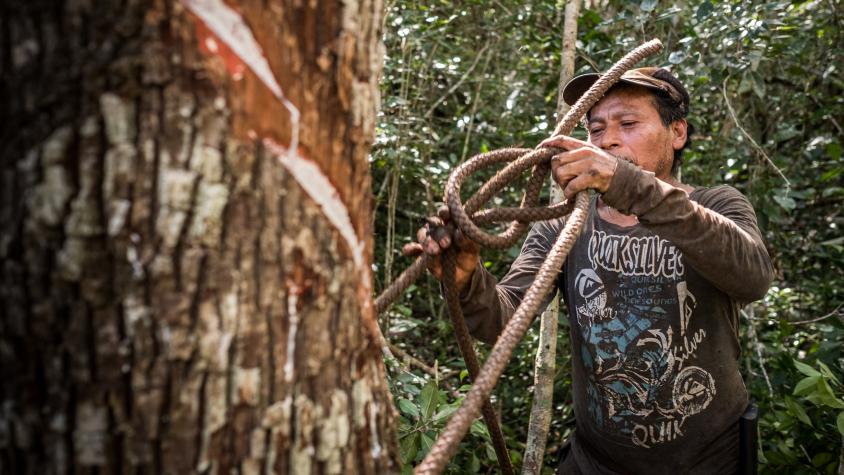Land Cover Monitoring for Forest Protection and Healthy Ecosystems

Land Cover Monitoring for Forest Protection and Healthy Ecosystems aims to decrease greenhouse gas (GHG) emissions, while supporting biodiversity conservation and augmenting water conservation. It strives to achieve this objective by supporting improved forest landscape management practices under U.N., FAO and ASEAN policy frameworks.
SERVIR SEA supports ongoing efforts to reduce emissions from deforestation and forest degradation within the United Nations REDD+ framework. SERVIR SEA is developing a regional forest monitoring system for countries in the ASEAN region to share information on land use, land-use change and forestry (LULUCF) using publicly available satellite data. The existing Regional Land Cover Monitoring System (RLCMS) decision support tool will be improved to map historical land cover changes with maps updated annually. SERVIR SEA and the RLCMS products and approaches will enhance carbon emissions reporting to facilitate the implementation of the U.N. REDD+ framework for reducing GHG emission and promote voluntary carbon markets.
Rationale
Between 1990 and 2010, Southeast Asia registered an average net loss of 1.6 million hectares of forest per year, reducing the region’s forest cover from 268 million hectares to 236 million hectares. The area of forest loss is approximately equivalent to the land mass of Malaysia.
A recent study in Nature Communications lays out some of this data in graphic detail. Southeast Asia is home to nearly 15 % of the world’s tropical forests, and includes at least four of the twenty-five globally important biodiversity hotspots. The region, however, is also among the world’s major deforestation hotspots, responsible for the bulk of deforestation in tropical humid and low-land forests. Southeast Asia accounted for 41% of global emissions due to deforestation between 2005 and 2010.
-
Users
USAID/Cambodia, NGOs such as Conservation International, Wildlife Conservation Society Cambodia Programme; World Wildlife Fund (WWF); Fauna and Flora International (FFI); BirdLife, Department of Natural Resources (DENR) Philippines

